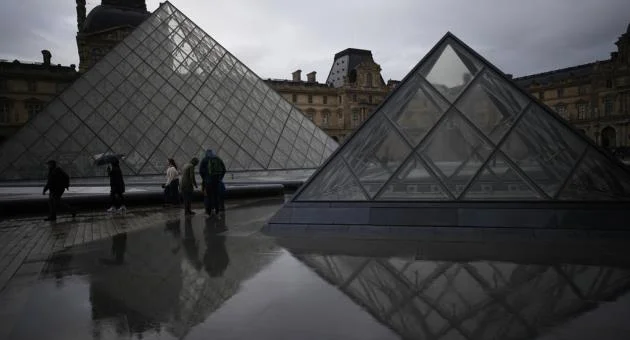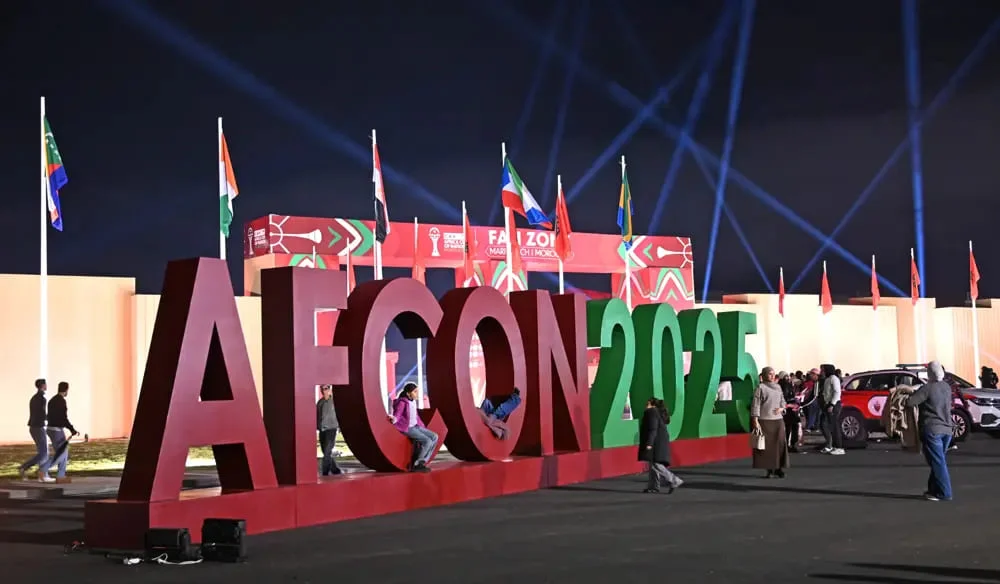On October 20, 2025, the Louvre Museum in Paris stayed closed after a bold theft of historic jewels occurred on Sunday morning.
Thieves executed a rapid operation, breaching the museum’s Apollo Gallery and escaping with eight irreplaceable artifacts in under eight minutes.
The incident, one of the most shocking museum thefts in recent memory, has pushed French officials to urgently review security measures at cultural landmarks across the country.
Visitors gathered at the Louvre’s glass pyramid entrance were turned away, with the museum announcing ticket refunds through social media without further details.
The heist’s audacity has sparked widespread concern, highlighting vulnerabilities at one of the world’s most visited cultural sites.
Targeted Napoleonic Treasures
The thieves zeroed in on priceless Napoleonic-era jewels displayed in the Apollo Gallery. Stolen items included a sapphire diadem, necklace, and single earring linked to queens Marie-Amélie and Hortense; an emerald necklace and earrings owned by Empress Marie-Louise, Napoleon’s second wife; a reliquary brooch; and Empress Eugénie’s diadem and corsage-bow brooch.
Authorities found Eugénie’s emerald crown, studded with over 1,300 diamonds, abandoned outside the museum.
Culture Minister Rachida Dati noted the thieves’ precision. “They knew their targets and moved fast, spending less than four minutes inside,” she said. Security alarms activated, but the culprits escaped before guards could intervene, suggesting careful planning.
Security Gaps Exposed
Justice Minister Gerald Darmanin acknowledged critical lapses, pointing to unprotected windows and a publicly accessible basket lift used to scale the building.
“This failure at such a key site is unacceptable,” he said on radio, drawing on his experience as former interior minister.
Interior Minister Laurent Nunez swiftly ordered a nationwide security audit of museums and heritage sites, demanding immediate improvements.
The Louvre, hosting 10 million visitors annually, was not designed for such crowds or modern threats.
Dati referenced the 700-million-euro “Louvre New Renaissance” initiative, launched in 2025, which aims to upgrade infrastructure, ease congestion, and enhance security by 2031, including a new Mona Lisa gallery. However, the theft underscores the need for faster action.
Public Outcry and Response
The heist stunned visitors, with a Japanese couple saying, “We’re here three more days, hoping to visit soon.”
Social media erupted with reactions, mourning the loss of cultural treasures. Authorities suspect a well-organized group, but no arrests have been made, intensifying the urgency of the investigation.
The theft has ignited a national conversation about safeguarding France’s heritage. Dati stressed stronger protections, while Darmanin pushed for a comprehensive security overhaul.
The recovered crown offers hope, but the missing artifacts remain a significant loss to the Louvre’s legacy.
Strengthening Defenses
The Louvre’s closure reflects the challenge of balancing public access with robust security at a global cultural landmark. France faces pressure to prevent future breaches, with this incident serving as a stark warning.
The ongoing investigation aims to recover the stolen jewels and restore trust in the nation’s ability to protect its heritage.
As the Louvre prepares to reopen, officials are committed to ensuring such a theft never happens again, while visitors eagerly await access to this iconic museum.
READ ALSO: Trump and Putin to Hold Peace Talks in Budapest Over Ukraine War






